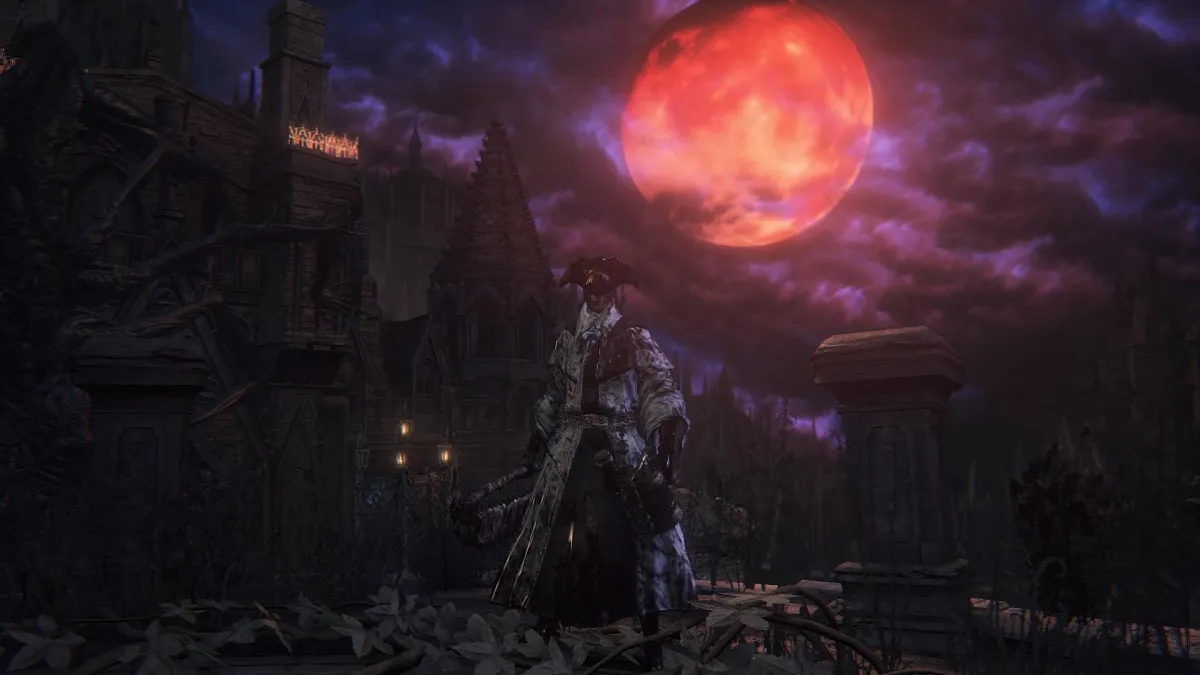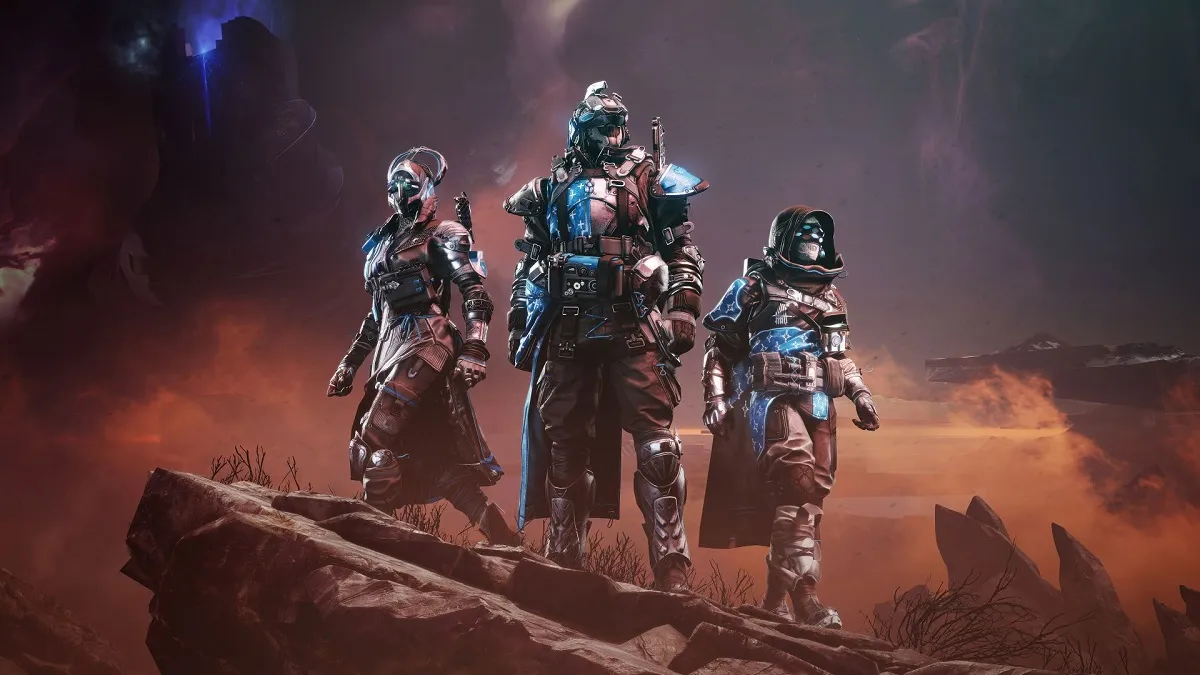If you’re a fan of causing havoc with elemental damage and Hunter Tools, you’ll need to pump points into Arcane. Below is an explanation of everything you need to know about the Arcane stat in Bloodborne, including exactly what it does and its benefits.
How Does Arcane Work in Bloodborne?
The Arcane stat boosts your Fire, Bolt, and Arcane elemental damage – from throwable items to trick weapons – and gives you access to unique Hunter Tools in Bloodborne. Moreover, increasing the stat also improves your Item Discovery chances to cause enemies to drop items more often.
As you’d expect, building around Arcane will force you into taking advantage of elemental weapons like Flamesprayer, Boom Hammer, and Tonitrus. However, you’ll also have to balance stat allocation elsewhere for your character. An Arcane build can take a while to get going, so pumping points into Strength or Skill will be necessary throughout the game.
That said, sticking with Arcane does offer access to various unique Hunter Tools most players won’t be able to use, such as Executioner’s Gloves to summon sorcery orbs or unleash a powerful nuke spell with A Call Beyond. If built properly, an Arcane build provides a ton of versatility to deal with bosses and challenging mobs, plus you can swap between different elements with trick weapons to take advantage of enemy weaknesses.
Related: A Bloodborne Remaster on PC Isn’t What Fans Actually Need
The Best Arcane Weapons in Bloodborne
The best weapons for an Arcane build are usually hybrid weapons with split physical and elemental damage. This doesn’t mean a pure Arcane weapon isn’t viable, just that hybrid weapons are far more approachable and, arguably, have way better damage output. Personally, I’d recommend going with a Strength/Arcane build if this is your first time playing Bloodborne.
Later, you can use Holy Moonlight Sword, Tonitrus, and Boom Hammer to utilize Strength and Arcane. These are the best Arcane weapons to dish out impressive elemental and physical damage as long as you enhance them and apply Arcane Blood Gemstones.
Should You Do an Arcane Build on Your First Try Through Bloodborne?
It’s debatable whether you should try to make an Arcane build on your first go-around through Bloodborne since it can take a while to feel powerful, and crucial trick weapons aren’t available at the start of the game. It’s far easier to focus on the Strength or Skill stat throughout your first run and then on a New Game Plus+ playthrough, build toward using Arcane.
Frankly, it’s entirely up to you. The early game is a hard trudge for Arcane builds in Bloodborne before receiving a massive glow-up from mid to late-game. Arcane can be a very fun stat to invest in, but it definitely takes some knowledge beforehand to make it shine.






Published: Jan 3, 2024 01:20 pm